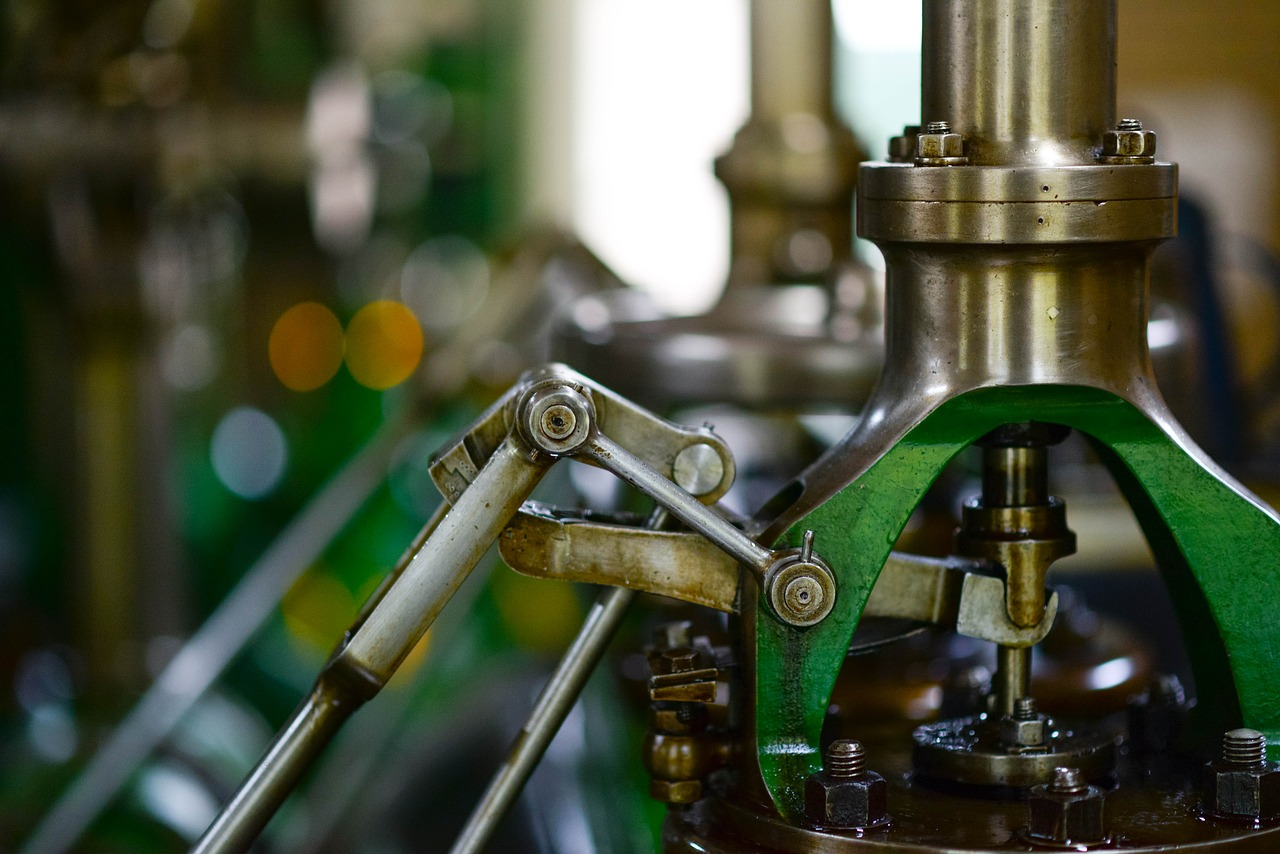Using Big Data in Manufacturing
Share
During the 90s and early 2000s, the big trend in many industries was transferring company operations onto digital mediums, such as computers and wireless networks. This provided managers with a better understanding of their organization and the ability to stay informed. Information was distributed more effectively in an electronic format, and basic information like current sales, general production speed, etc. was more readily available.
With these tools, managers had the necessary information to make informed and sound decisions. The ways in which big data is currently being leveraged is very similar. What makes big data (and data analytics) different, however, is that it is much more powerful. If used properly, big data can help solve real-time problems, swiftly detect bottlenecks, make extremely accurate projections, and much more.
Big data can be likened to the “next wave” of innovation, and it is clearly changing the way that people are making decisions in the manufacturing industry, among others. Although this sounds exciting, it’s definitely not the whole story. There’s plenty of confusion around the way in which big data can be applied to a factory’s operations. Our goal with this article is to clear the air a bit and talk about the details. By the end of this article, you’ll have a better understanding of exactly what big data enables you to do in your factory.

Leveraging Big Data for Dynamic Bottleneck Detection
Data gathered on the actual performance of a machine (speed, length, unit variation, etc.) is not just limited to calculating defect rates. In fact, this data can be leveraged to determine bottlenecks in the entire factory. In some cases, a large majority of defects may come from a single machine, recipe, or small group of machines that are underperforming. By leveraging big data properly, these underperforming machines or processes can be found quickly and accurately, which saves money in the short and long-run.
Prior to the adoption of big data and analytics, it was difficult for manufacturers to detect bottlenecks and get accurate data to confirm where they were occurring. Manufacturers had to manually check the performance of each machine and spot check any issues. This process would take hours or even days. Big data and analytics platforms can now shorten this process to mere minutes. Manufacturers can react faster and have more ability to prevent future problems from occurring.

Unit Consistency Using Big Data
Consistency is an absolute necessity in any manufacturing plant. Over time, it’s inevitable that machines will warp and produce units with decreasingly accurate dimensions. In fact, this is a common problem that manufacturers deal with. Big data helps combat this problem via IoT devices that gather comprehensive data points on the machine’s status, productivity, and more. By having access to all of this information, manufacturers can make predictive decisions to avoid product defects rather than waiting until they become an actual problem.
Having a solution like this will also help prevent other complicated problems from occurring, such as customer dissatisfaction, faulty units, and machine downtime. Big data is invaluable even for quality issues that cannot be avoided preemptively. Having large amounts of machine data allows managers and engineers to quickly detect and make decisions based on productivity trends. For example, if a unit’s dimension variation falls out of spec, the manufacturer can be prompted to re-calibrate the necessary machine. This can be done by operators and engineers with ease.

Big Data to Avoid Organizational Siloing
Using the right data analytics tool gives plant managers a better understanding of the overall productivity of a given factory. For example, Oden’s innovative analytics platform gives managers, engineers, and operators the ability to limit or distribute analytics information to their team members accordingly. Everyone from the assistant manager to the CEO can have access to information pertinent to their job and can make decisions based on that information. Rather than having to rely on reports performed by fellow employees, an organization can now distribute that information in real-time, anytime, and to anybody who needs it. This reduced siloing makes for a more dynamic factory that can react to and prevent problems quickly.
Big data is a powerful tool that manufacturers can use to make decisions. The insights that come from data lead to decisions that maximize an organization’s productivity and minimize its inadequacies. As data analytics tools become finer tuned, and IoT devices are integrated into more factories, big data will subsequently become even more powerful.
The post Using Big Data in Manufacturing appeared first on Oden Technologies.
